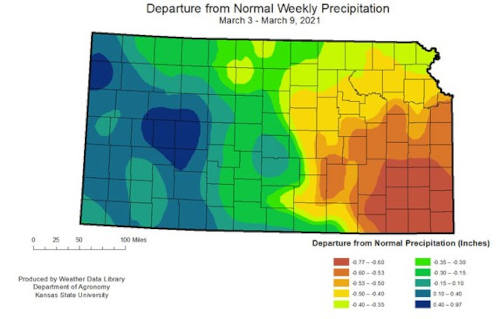By Cheryl Mackowiak
These are challenging times, and you may not currently have funds available for pasture maintenance. The good news is that you may be able to put off fertilizing your pastures for a time to save money. To determine if waiting to fertilize is a viable option for your operation, you must answer two challenging questions: 1) How much forage do you need? 2) How soon do you need it? If you need a burst of production over the next month, you probably want to fertilize (especially with nitrogen) as soon as you can. However, if your current forage production seems adequate, or only a bit low, you can probably delay fertilizing with nitrogen (N) for at least another month, or perhaps the entire season.
3 Major Factors Influence Forage Yield
Let us briefly review that there are three major factors driving summer forage growth: 1) daylength, 2) soil moisture, and 3) soil fertility. We have no control over daylength. Your bahiagrass production will increase with the increasing daylength and then gradually decline as the days shorten, regardless of how much nitrogen you apply (Figure 1). Since yields will increase naturally as the days lengthen over the next 8 weeks, maybe you do not need to significantly boost production with N fertilization. This evaluation needs to be made based on how pastures are currently performing and your forage needs during the next few months; perhaps you could hold off fertilizing pastures until mid-summer.
Soil moisture is typically something you cannot control, unless you have access to irrigation. The good news here is that only when soils become noticeably dry (below 10 inches depth or so) do we expect a well-managed bahiagrass pasture or hay field to lose potential yield. However, the forage can’t take in soil nutrients (including N), without soil moisture. Another issue that can occur in drought is N will accumulation in a relatively small amount of forage, resulting in high forage nitrates. This is because mineral fertilizer nutrients are taken up by roots in water-soluble forms; requiring the presence of soil water to enter plant roots. Organic N takes even longer to reach the plant, because it must first be converted (through the mineralization processes) to inorganic forms.
